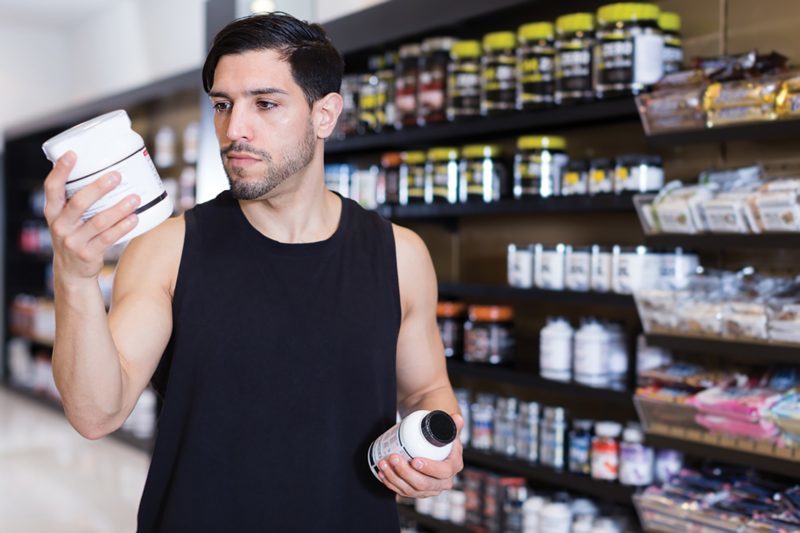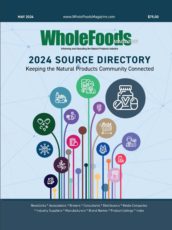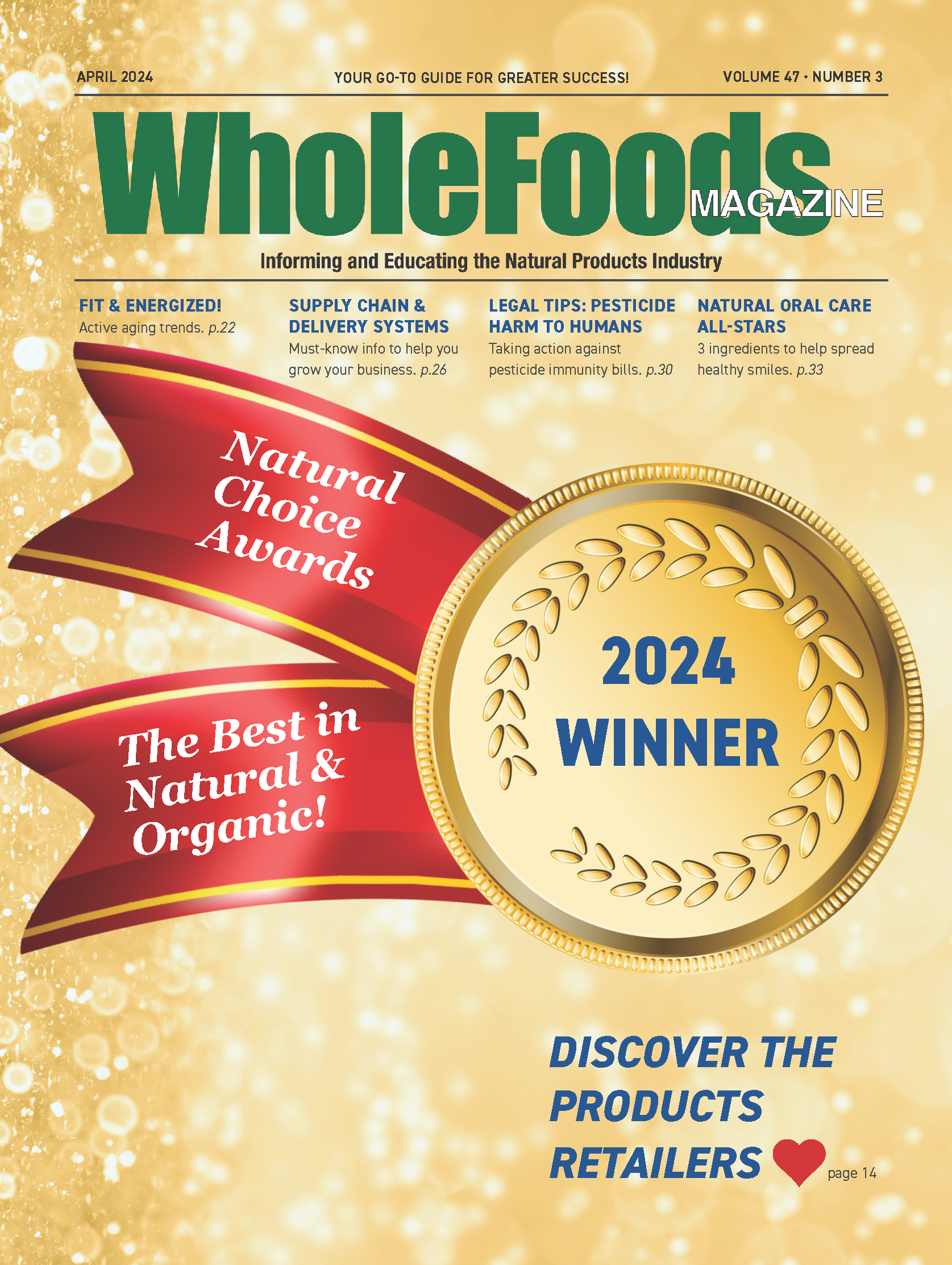To begin with, I suggest every store needs to have a competitive set. A competitive set is a merchandising strategy that helps you compete more effectively in your market. Let me explain.
When a shopper comes into your store, they compare your product selection, merchandising and pricing to your local competitors. You should ideally offersomeof the same items available at other stores—just the top-selling items in the market. You want shoppers to perceive your store as having a good product selection and fair pricing, and you want them to feel that it is easy to shop. But what sets you apart from the competition? That’s the focus of this article and the strategies to keep shoppers coming back again and again.
I am not suggesting that every retailer be a carbon copy of their competitors. To the contrary, I suggest that roughly 80% of the items in each category also be available at your competition. The remaining 20% should make a statement about your store and your commitment to the things you want to be known for. This includes those things that differentiate you and help you stand apart. For example, no GMO products, compostable packaging, 100% organic, your commitment to buying local, etc.
One of the most exciting things about the natural channel is the incredible amount of disruptive and innovative products that are launched each year. Natural product innovation is fueling the growth across every channel. It is also what creates excitement for your shoppers and encourages them to keep coming back.
Effective merchandising is the key to success with this strategyThe 20% of items should highlight and reinforce your branding as the go-to destination for specialty food, ethnic food, plant-based, new items, etc. The 20% of items should align with your tactics on a category by category basis. For example, a robust selection of plant-based products in family friendly packages—packaging that serves larger groups of people.
Consider treating your store as a laboratoryExperiment with new items to keep the selection exciting and fresh. A good strategy to drive excitement and increase foot traffic in your store is to rotate new items into your existing assortment. Consider setting aside a section in each category, where this makes sense, to feature new items not available in the market. This gives you an opportunity to “test” shoppers’ reactions to the new items before committing to incorporating them into your regular product assortment.
Another effective strategy is to have a special section of new items apart from other categories. Enhance this strategy further by coordinating this section with special events like Labor Day. Highlighting plant-based condiments and meat alternatives during the event is a great way to build awareness for this growing segment.
The key to your success with this strategy is your partnership with brands. They should help guide you and help you maximize each and every selling opportunity. Savvy brands will eagerly help you make this strategy a success.
Note: The views and opinions expressed here are those of the author(s) and contributor(s) and do not necessarily reflect those of the publisher and editors of WholeFoods Magazine.

NY Age-Restriction Law Takes Effect
April 22, 2024








